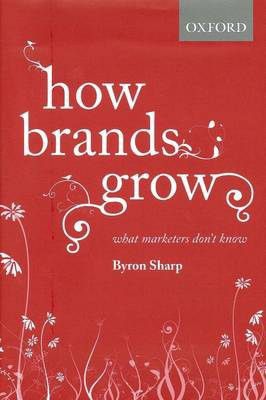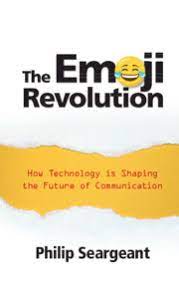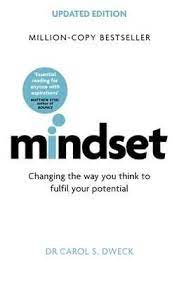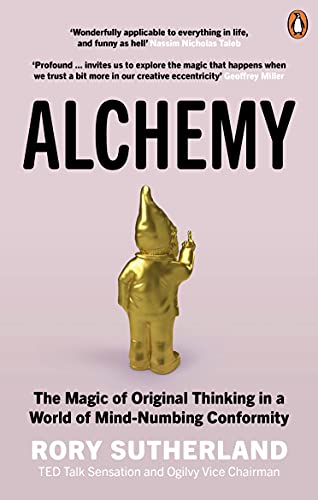The truth about brand research
The secret of great marketing is to make your brand easy to buy. Making brands easy to buy means building mental availability (through building salient mental connections) and physical availability (breadth and depth of distribution). Sadly, many marketers and almost all researchers operate under false assumptions about how marketing and advertising work, including the following mistakes:
- change packaging in ways which confuse consumers
- develop advertising which does not reflect existing memory structures
- devote insufficient attention to researching what memory structures are devoted to brands
- over invest in researching and marketing to already loyal consumers while failing to understand non-buyers
- spend too much time, money and resource on tracking metrics that fail to inform decision making
We all need to revise our models of consumer behaviour, brand performance and advertising in line with latest thinking in neuroscience and psychology and marketing sciences understanding of the physical laws which govern markets and buying behaviours (see How Brands Grow by Byron Sharp). Most importantly for research, it is clear that behaviours drive consumer attitudes and opinions (rather than the classical marketing view that attitudes and opinions influence behaviour). Brand loyalty is ephemeral and that the majority of sales of most brands come from occasional customers who have little relationship with the brand and devote minimal mental energy to their choices. Growth comes from increasing penetration rather than growing use among loyal customers.
Being noticed
Distinctiveness (and not differentiation), salience and relevant associations are the keys to successful advertising, when these refresh and build on existing memory structures (respecting existing connections), with continuous and broad reach across all customers. These findings are supported by much empirical data and in terms of the way memory and decision-making works in the brain. The implication is serious, in that that the huge investments made by companies in loyalty programs and customer relationship management are more often than not unsuccessful in driving long term brand growth.
As humans, we all satisfice rather than optimise our brand choices. With little time to evaluate brands, we are cognitive misers who seek to devote as little time as possible to decision making in-store. Although marketing and brand managers would like to think that we carefully evaluate their brand and it’s attributes, in reality we do not. Brand loyalty (when it occurs) is merely an outcome of the satisficing strategy, something that most marketing theories studiously ignore (habits help us save time and energy). This leads marketers to focus on building reasons why customers should choose their brand over a competitor, whereas in reality they might be better served to focus on the reasons that the majority of customers are ignoring their brand. The important battle is to get into the customer’s consideration set(s), before it is filtered out.
Being remembered
Our memories of brands vary across buying occasions and are imperfect – we know very little about some brands, and almost nothing about many more. Customers buy brands based on their feelings and priorities at the time, and do not evaluate and trade off features at most buying occasions. Market research generally assumes that brands are evaluated rationally across a range of features – all the evidence shows that this is not true. Brands that are more popular, are popular because they are more available in the memories of customers (and our brains are biased to things we have seen more often and more recently). Brands with larger market share have an in-built advantage have greater physical and mental availability (and therefore more money to spend on marketing too).
Market shares follow predictable laws that give unfair advantage to larger and incumbent brands. More importantly, customers of different brands in a category express similar attitudes to those brands and similar reasons for buying them – they know and like the brands that they buy, and are in turn more likely to notice, consider and buy these brands.
Salience means more than being ‘top of mind’ (the link in the consumer’s mind between the brand and a description of the ‘category’). Salience comes from the mental availability of the brand, based on the network of memories and links that exist in a customer’s remembered experiences (implicit and explicit) across a wide variety of contexts (time, place, occasion, location, etc). The larger and fresher the network of connections, the greater is the chance of a brand being recalled across a variety of buying occasions, and of being selected from the relevant consideration set.
Building mental availability is about building a rich network of connections, rich in both quantity and quality of memory links to the brand (something that typical brand awareness measures do not capture). The sheer number of links is important, but also the strength and relevance of those links, which come from repeated exposure to the link and from the association of the link with the right contextual and experiential cues to trigger the link. The key to building such connections is consistency and distinctiveness (i.e., a clear brand signature and core values) along with repetition, so that the brand can be recalled across with broadest range of buying occasions.
As long as the brand is mentally available, then the marketer only has to ensure that the brand is ‘within an arm’s reach of desire’ for each of those occasions! Typical brand awareness questions fail to measure the strength and relevance of such connections, as they focus on the memory links between a category description and a list of brands, missing the important role of contextual and experiential cues in triggering the associative memories that drive brand consideration and choice.
What marketers and researchers need to know
Decades of research into brand buying and brain behaviour can be summarized in three key learnings:
- Growth in market share comes from increasing popularity. That is, by gaining more buyers of all types, most of whom only buy the brand occasionally.
- Brands compete mainly as lookalikes in a category, even if they are slightly differentiated, and the main differences between brands are in popularity and hence market share.
- Brand growth is largely about building mental and physical availability: brands that are easier to buy (for more people in more situations) have larger market share and these shares follow predictable laws.
Marketers need to improve their branding and reach out to the largest possible audience (niche marketing is doomed marketing), based on an understanding of their distinctive assets (colours, logos, fonts, symbols and other assets which will provide the right triggers for consumer memories). They also need to understand how and where the brand is bought, how it is noticed, how it fits into customer’s lives, measuring existing memory structures so that they can build and strengthen the brand. They do not need to track awareness or measure differentiation.
Do your research approaches reflect how brands really grow?
[This is part of a series of reviews, focusing on ten books that I recommend market researchers read if they have more time on their hands. You can find the other recommendations here.]







10 Books Every Market Researcher Should Read – TapestryWorks
[…] The best introduction to marketing science available. Expect plenty of myth busting. read a summary and review here. […]